40 training courses for lychee farmers.
In the early days of summer, clusters of bright red lychees have arrived at the market, signaling the start of the harvest season. Mr. Nguyen Van Leinh, a long-time lychee grower in Thanh Quang commune, quietly gazes at his orchard, as if reviewing an entire cycle of care and cultivation. "This year's lychees are beautiful, ripening evenly. The farmers used pesticides according to the correct procedures and nurtured the fruit as instructed. Now we just have to wait for the harvest day," he said.
A news item, a season of joy.
Mr. Leinh is not the only one overjoyed these days, not only because of the bumper lychee harvest but also because market opportunities are opening up. The news that the General Administration of Customs of China (GACC) has confirmed it will continue to cooperate in facilitating customs clearance for Vietnamese agricultural products, especially lychees, durians, and bananas, brings great joy and confidence to lychee growers.
The positive results from the working visit of Minister of Agriculture and Environment Do Duc Duy to the General Administration of Customs of China have not only created excitement in Thanh Ha, the lychee capital, but also in Bac Giang - the largest lychee growing region in the country.
Compared to other localities, Bac Giang has a superior volume of lychee exports to China, especially from Chu town and Luc Ngan district, which specialize in cultivating the sweet, bright red-skinned lychee variety, favored by the Chinese market as a specialty fruit.
Mr. Nguyen Quoc Manh, Deputy Director of the Department of Crop Production and Plant Protection, assessed: "For seasonal agricultural products, customs clearance time is a crucial factor. If the green channel is not ensured, lychees can drop in price and lose partners if the delay is only a few hours. Growers spend 10 months cultivating their crops, but only have 2 months to sell them."
China is a major export market for Vietnamese fruit. Resuming coordination mechanisms, streamlining procedures, and increasing customs clearance capacity, even late at night, will help farmers, traders, and businesses feel secure in selling their goods, without worrying about lychee congestion at border crossings.
In Hai Duong , 100% of lychee orchards have adopted VietGAP standards, with many areas achieving GlobalGAP certification. However, the path from VietGAP to commercial success remains a challenging one. Especially with seasonal fruits like lychees, the time it takes to transport and deliver the product to consumers is crucial. Even a one-day delay reduces freshness and competitiveness.
Mr. Leinh said: "From the beginning of the season, I prepared ice blocks, styrofoam boxes, and transport vehicles. When I receive an order, I harvest it immediately in the morning, pack it quickly, and set off before noon. I'm not late at all, because even a delay of 2-3 hours will cause the lychees to darken at the stem, making them very difficult to sell, especially for export."
Currently, Vietnam has approximately 1.3 million hectares of fruit trees, producing over 14 million tons. In 2024, fruit exports alone reached over 7 billion USD. Among these, lychee is one of the key export products with a seasonal nature. Currently, the lychee growing area in Vietnam is about 56,000 hectares, of which Bac Giang accounts for nearly 30,000 hectares and Hai Duong nearly 9,000 hectares. Each lychee harvest is considered a significant " economic season".
Towards official channels
The biggest positive aspect of this year's lychee harvest is not just the quality of the fruit, but the shift in production mindset. Keeping proper records, implementing standardized pesticide isolation, and controlling planting area codes have become responsibilities that farmers strictly adhere to, not just to meet importer requirements.
Training courses organized by the Department of Agriculture and Environment, the agricultural extension system, and the agricultural service center are always fully booked. Farmers want to understand market standards to avoid mistakes, not only to sell this crop but also to maintain trust for future harvests. Farmers now not only know how to care for their plants but also how to read market demands. No steps are skipped; everything is for the sake of a successful lychee harvest.
The Vietnamese fruit industry is gradually shifting from a local to a commercial model, from selling at markets to selling at border crossings, and from short-term to sustainable. Each lychee harvest is a test of strength, a small lesson for an agricultural sector that knows how to stand on its own two feet.
This year, the shift also comes from the trading partners. China, once considered an easy market for agricultural imports, has now imposed stricter requirements, but is also a proactive and cooperative partner. "Instead of encountering problems with individual shipments, the two sides have established a mechanism for regular exchange of information on planting area codes, quarantine conditions, and customs clearance schedules. That's what farmers need most right now," Deputy Director Nguyen Quoc Manh shared.
If the "bottleneck" at the border crossing isn't resolved, all efforts at the initial stage, from clean farming to pesticide residue control, will be wasted on hours of waiting in the midday sun at the Lang Son border gate. But if it is done, farmers can dream of continuous harvests, no longer dependent on "fate" or whether the border gate is open or not.
If goods accumulate in inventory and cannot be sold in time, it not only causes losses in price but also disrupts the entire farming schedule. More worryingly, farmers will be unable to rotate capital to continue investing for the next season. For lychee trees – a perennial fruit tree – this can have a ripple effect on the entire care cycle, which lasts almost year-round.
The story begins with lychees, but it also serves as a mirror for the entire fruit industry. What is happening now, from transparency in growing areas to quality standardization, will be a prerequisite for many other fruits to reach further markets if the agricultural sector continues to steadfastly pursue legitimate trade channels.
According to Mr. Nguyen Quoc Manh, the fruit industry cannot survive on individual harvests, but must establish a stable position through its ability to meet market standards and build trust. "Only when each growing region has its own unique identity, and each shipment has a transparent history, can we discuss sustainability in fruit exports," he emphasized.
Huong Hoai (According to nongnghiep.vn)
Source: http://baovinhphuc.com.vn/Multimedia/Images/Id/129241/Thong-quan-mo-loi-vai-thieu-them-duong-di-xa









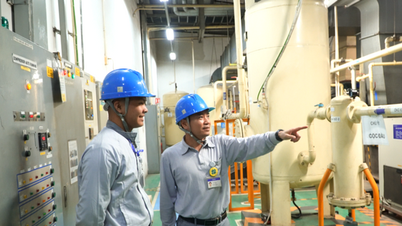

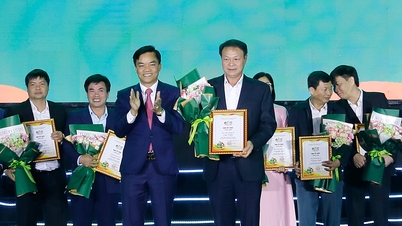

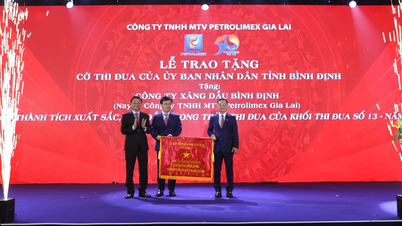

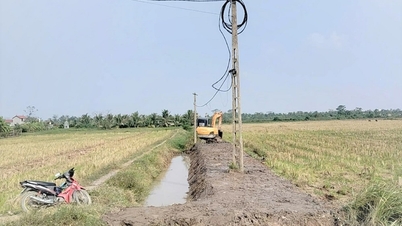






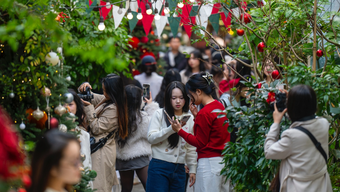


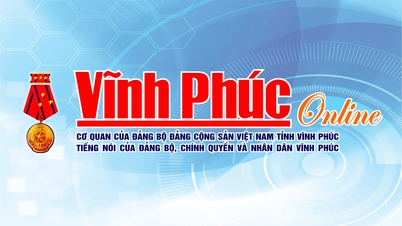
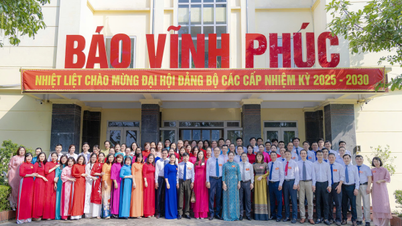
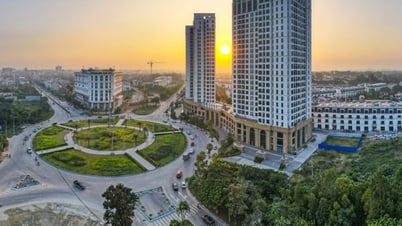
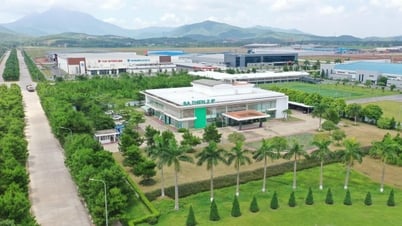





![[Video] The craft of making Dong Ho folk paintings has been inscribed by UNESCO on the List of Crafts in Need of Urgent Safeguarding.](https://vphoto.vietnam.vn/thumb/402x226/vietnam/resource/IMAGE/2025/12/10/1765350246533_tranh-dong-ho-734-jpg.webp)














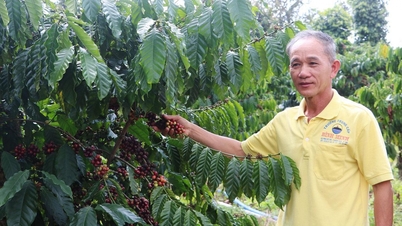


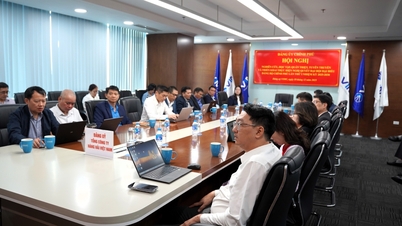







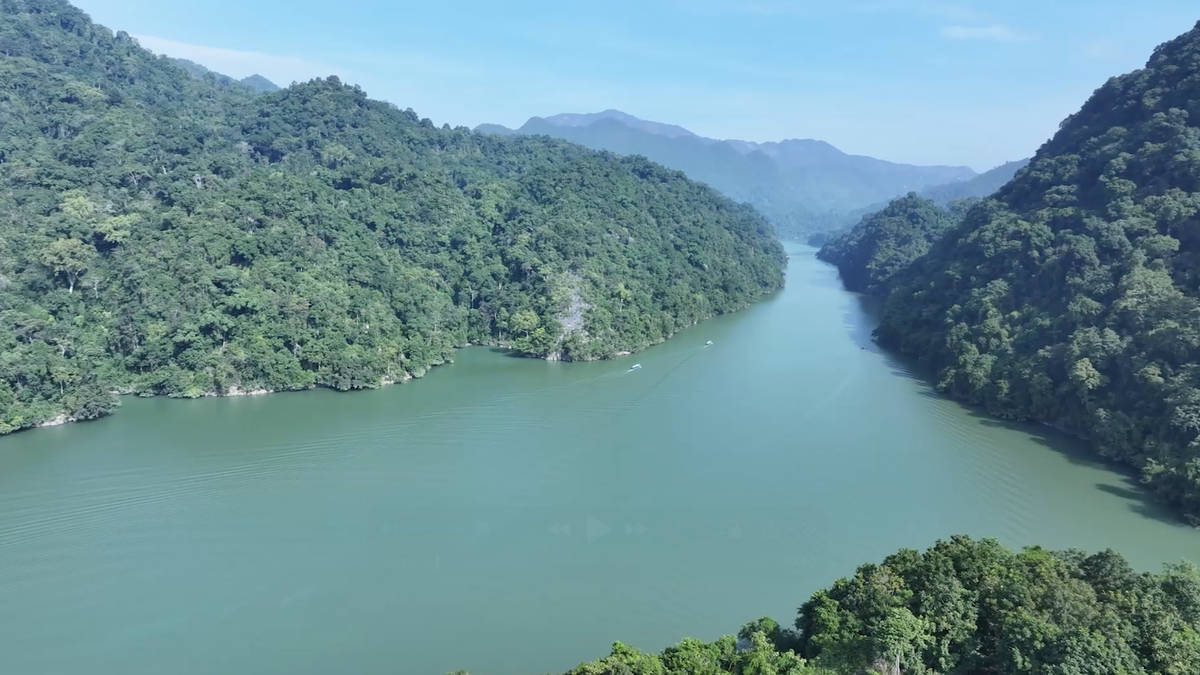













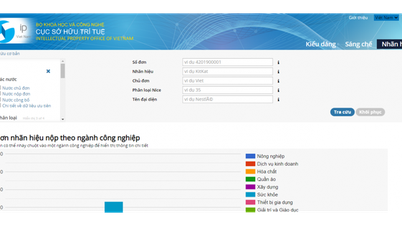

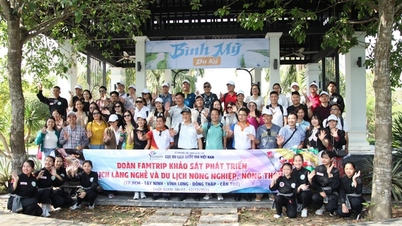

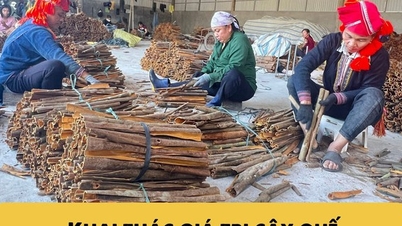


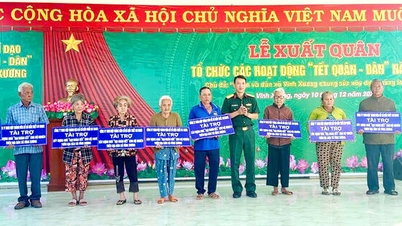

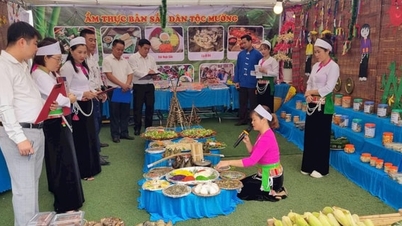
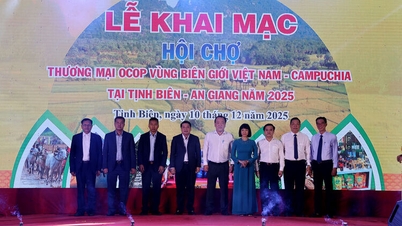
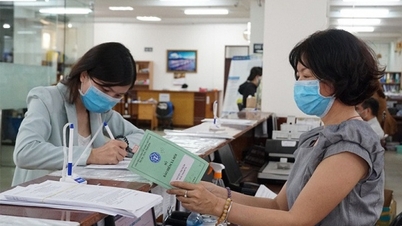

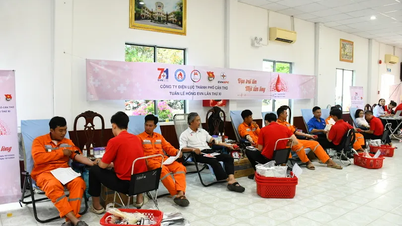

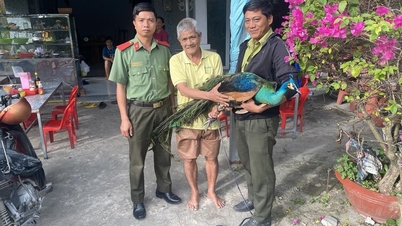

















Comment (0)